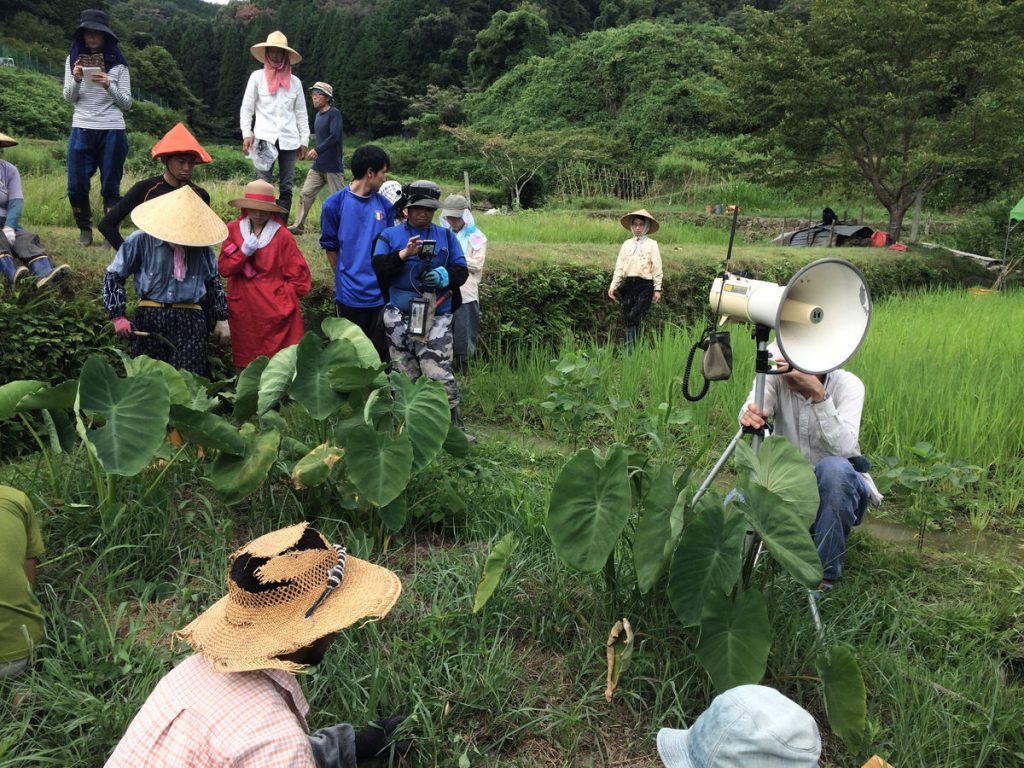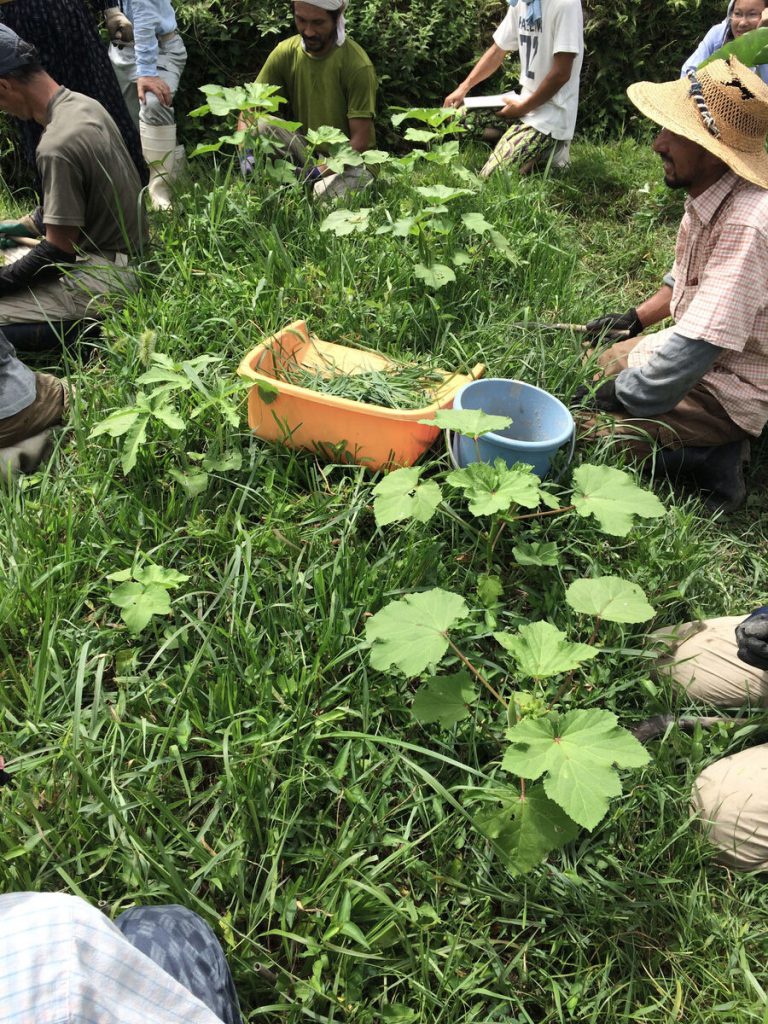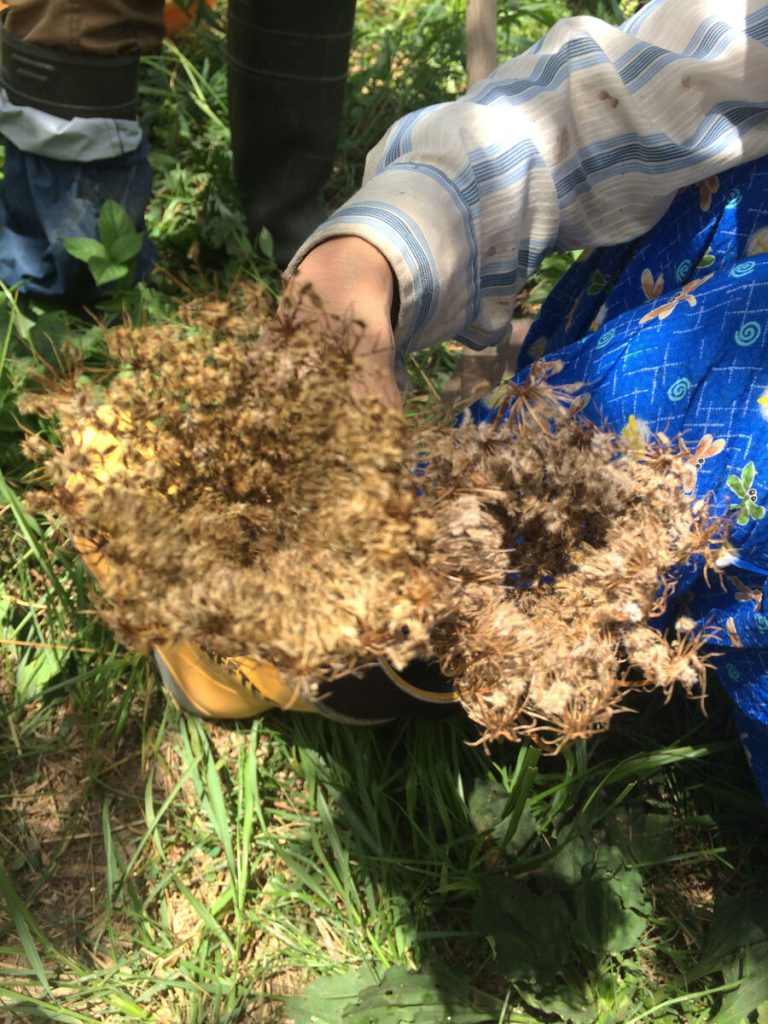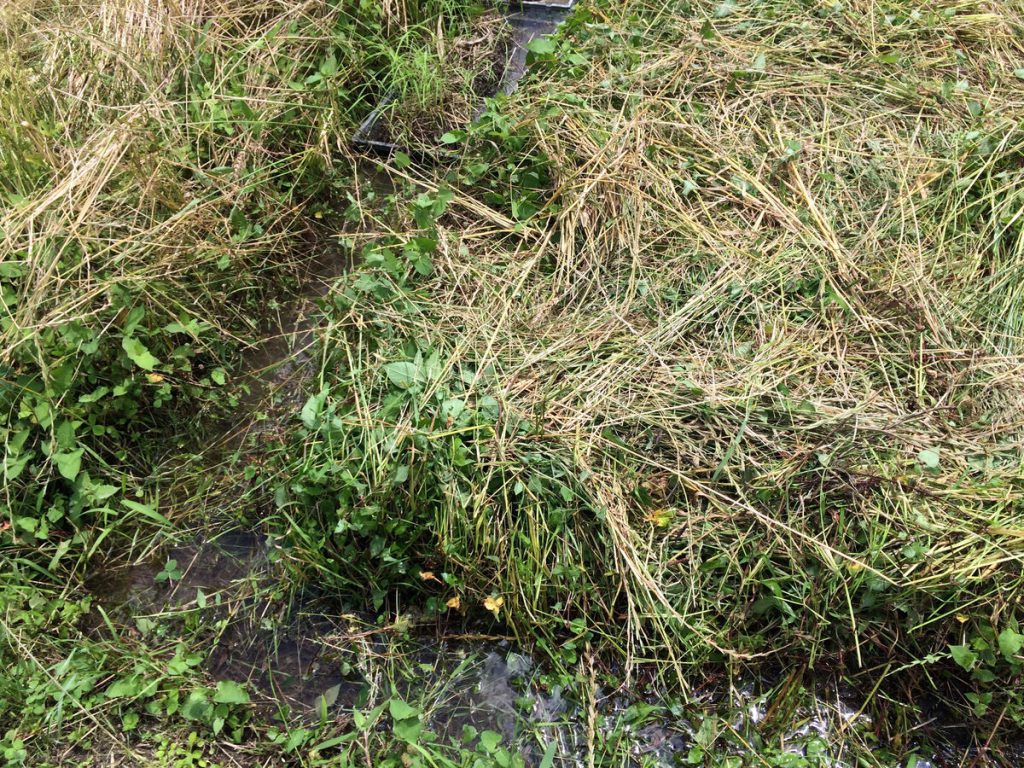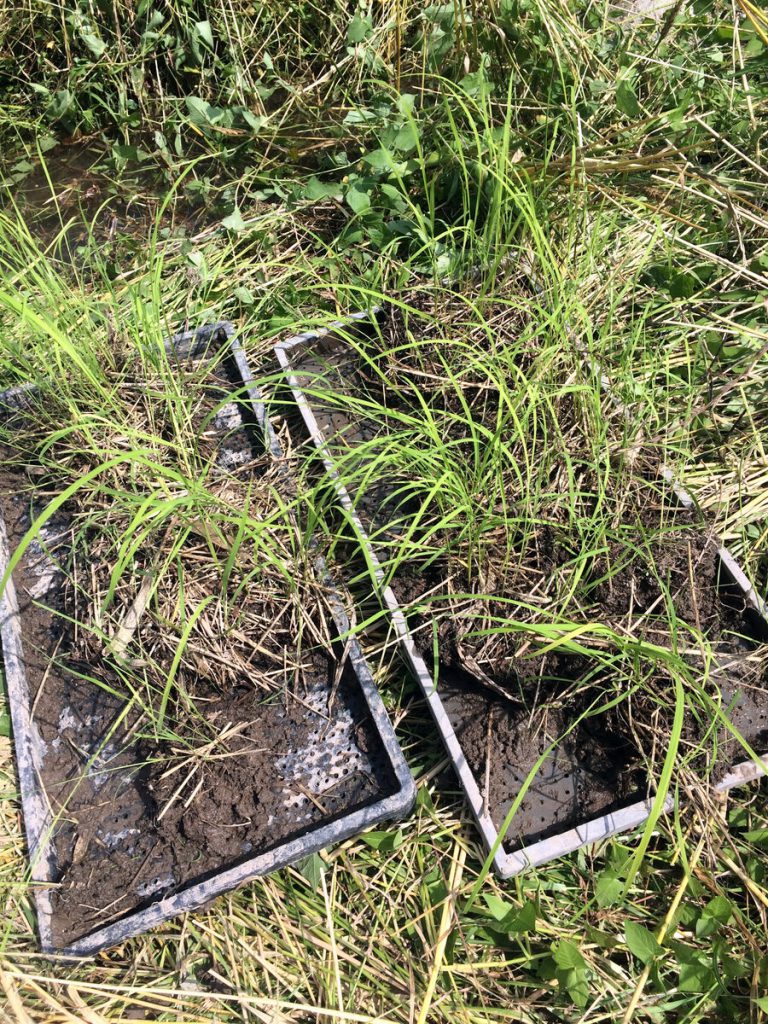Disturbed Ecologies
Natural Farming School
2/40 photographs, c-type prints, various dimensions. Akame, Japan 2018







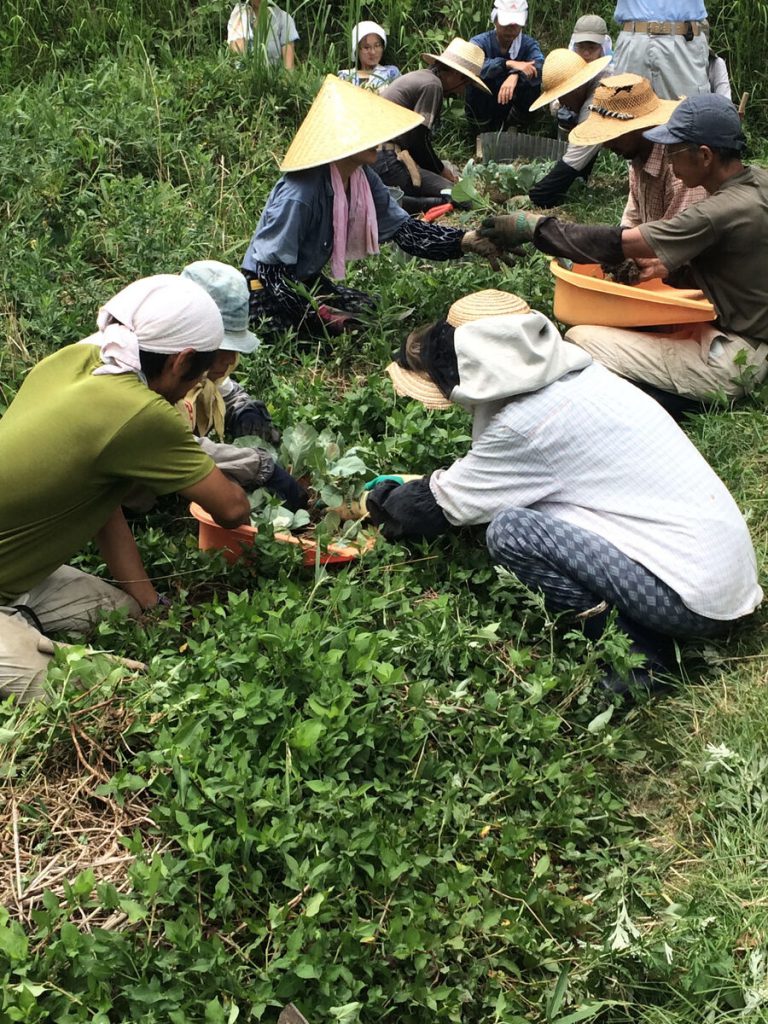



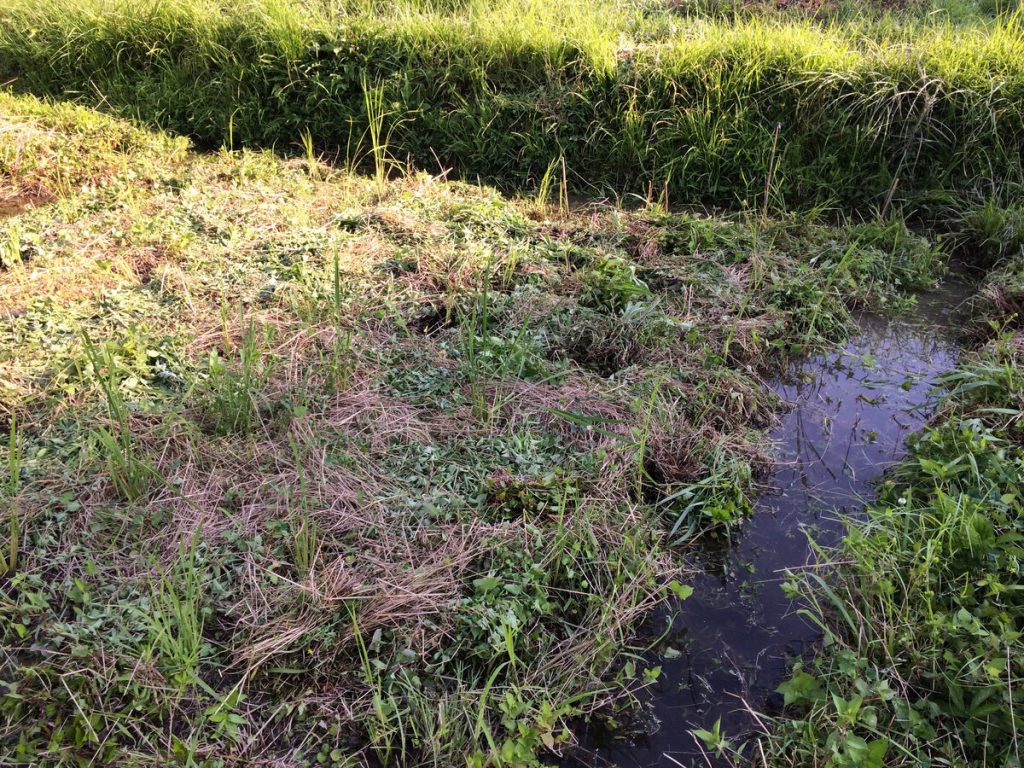









Nearly all environments—ecological, social and mental—are highly disturbed and under stress. Both the actual and impending massive loss of species and diversity are emotionally and rationally difficult to grasp. But it is not only plants and animals, but also soil that is under threat. If soil is damaged, for example through the act of plowing, it releases carbon dioxide into the atmosphere, with the same consequences as the burning of fossil fuels.
Plowing creates a lack of carbon in the soil. According to the soil scientist Rattan Lal, most agricultural land has lost 50% to 70% of its carbon storage. Plants capture carbon in their leaves, pump it down into their roots and exude it into the soil, feeding microorganisms. Carbon rich soil acts like a sponge, absorbing water and giving it back to the plants when needed. Soil and biodiversity are strongly interconnected. Soil sustains plants, perpetuating the lives of animals and humans. 95% of what we eat needs soil to grow. Besides providing diverse “ecological services”, soil accommodates an innumerable, and basically unmapped, diversity of microorganism. In one handful of soil, there are more organisms than there are people on earth. Only the vast number of stars can hold up against such figures. Soil organisms like nematodes, protists, fungi, earthworms and bacteria are great collaborators. Their multispecies network produces all the nutrition plants require and the lives of animals and humans rely on them. Still, these critters need complex environments to flourish. Sixty years of industrialized agriculture, the so-called “green revolution” with its constant mechanical and chemical treatments and use of fertilizers, herbicides and pesticides, have left soil in a very poor condition and killed many microbial companions.
There are many ways to feed microbes and to store carbon in the soil. The most popular is called “no-tillage farming”, which involves planting without plowing. A contemporary pioneer of natural farming was the Japanese microbiologist and farmer Masanobu Fukuoka. The Natural Farming School in Akame is designed after Fukuoka’s ideas and led by Yoshikazu Kawaguchi. The concept is to grow crops without tilling, fertilizers, pesticides, machines or compost, making it one of the simplest farming practices with minimal effort demands and no environmental harm. Though it is a disturbance, the practice is not understood as cultivation or an experimental design, both of which impose human activities on the environment, thus separating humans from the natural world, but rather as following the undertakings of plants and animals, wanted or unwanted.
The Akame Natural Farming School is located in the mountains on the border of the Mie and Nara prefectures; it is free of charge and each student receives land and tools to put natural farming into practice.

